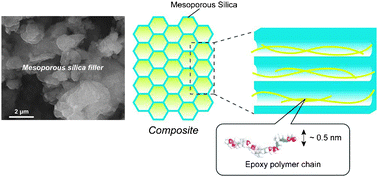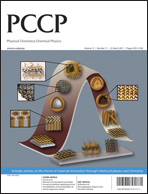Fabrication of mesoporous silica/polymer composites through solvent evaporation process and investigation of their excellent low thermal expansion property
Abstract
We fabricate mesoporous

- This article is part of the themed collection: Materials innovation through interfacial physics and chemistry

 Please wait while we load your content...
Please wait while we load your content...